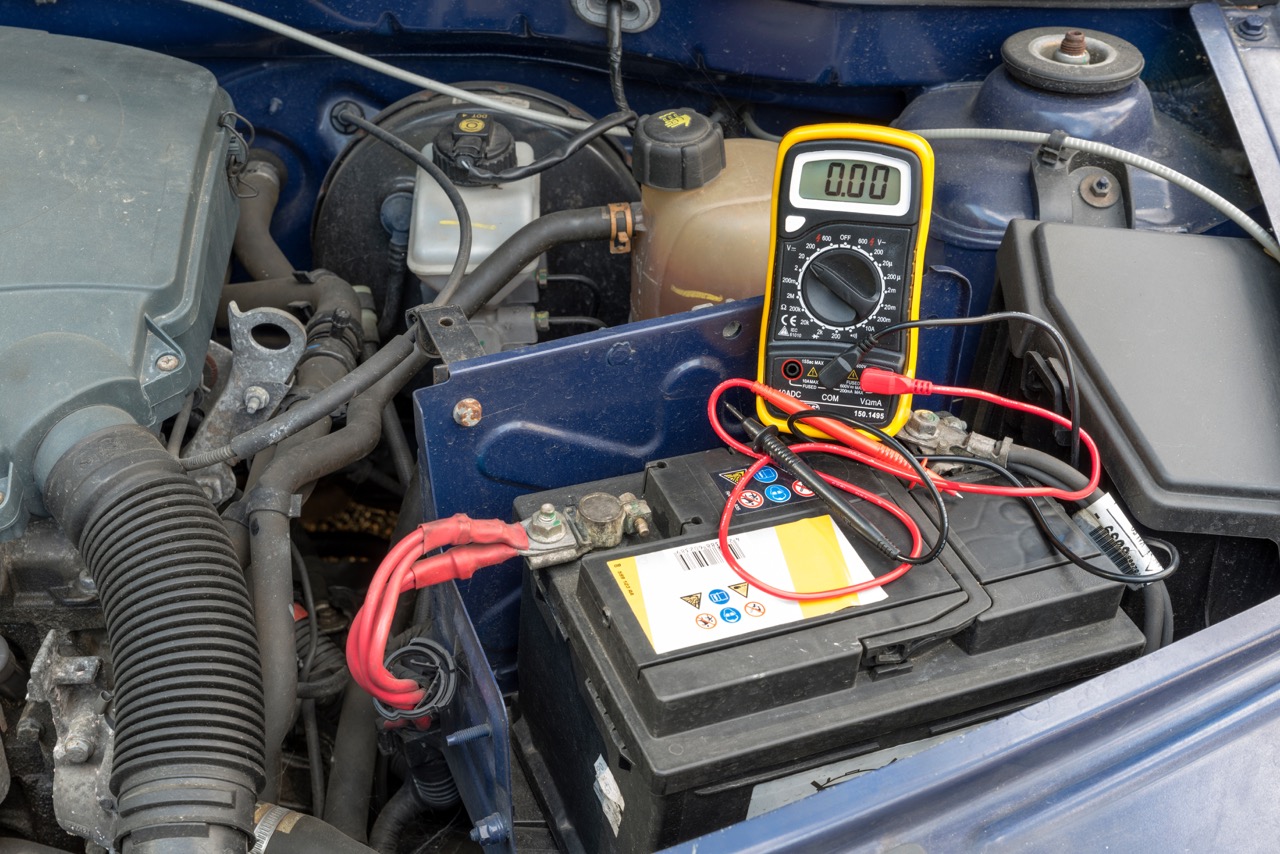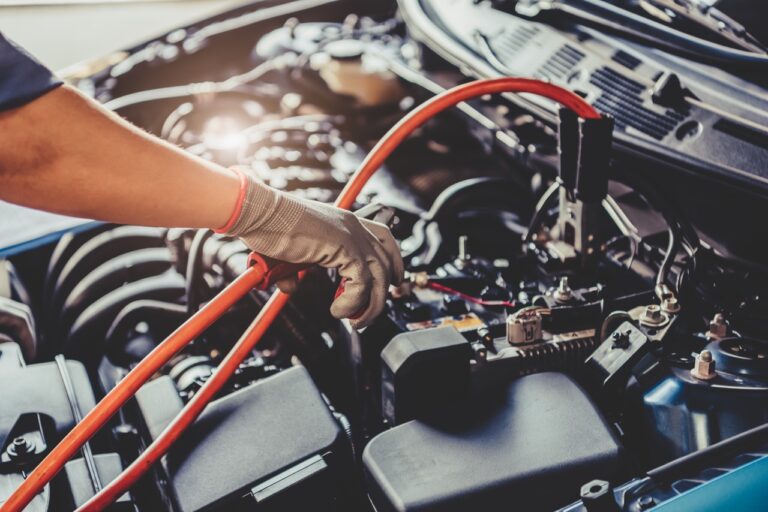How Much Does Battery Cable Replacement Cost?
The battery is a crucial component of your vehicle, responsible for starting the car and powering the radio and other electrical systems within the cabin. Despite its importance, the battery’s ability to transmit power to the starter motor, alternator, and fuse block often goes unnoticed—this task is performed by the battery cables. These heavy cables, running from the battery to various components, can be quite long and are vulnerable to damage, especially from corrosion. This can impede the flow of current, causing numerous electrical issues. Because of their size, the cost of replacing battery cables ranges from $150 to $400 and above, depending on the complexity of the cable’s route and its length.
What is a Battery Cable?
A battery cable consists of a length of wire, typically copper, insulated and fitted with terminals at both ends. The thickness of the wire, the colour of the insulation, and the type of terminals can vary significantly, depending on their position in the vehicle and the components they connect. This variance in thickness allows for different electrical flow rates, a crucial factor to consider during replacement.
Symptoms Your Battery Cable May Need Replacement:
- Vehicle is slow to turn over.
- Flickering or flashing dashboard lights.
- Dim or non-operational headlights.
- Battery light on the dashboard.
Battery Cable Replacement Process:
- Battery and system voltage are tested.
- A voltage drop test is conducted along the battery cables.
- Any corroded or damaged cables are replaced.
- A follow-up voltage test ensures the repair is successful.
Tips to Remember:
- Most cables are only available as part of a harness. However, some cables may be replaceable in sections or repairable if the damage or corrosion is easily accessible.
- You might need to replace the battery simultaneously if an excessive load has caused it to wear out prematurely.
Why Replacing Your Battery Cables is Crucial:
Properly functioning battery cables are essential for the electrical current to reach crucial components like the alternator and starter motor. Without this connection, you could find yourself with a vehicle that won’t start or one that drains the battery rapidly.



